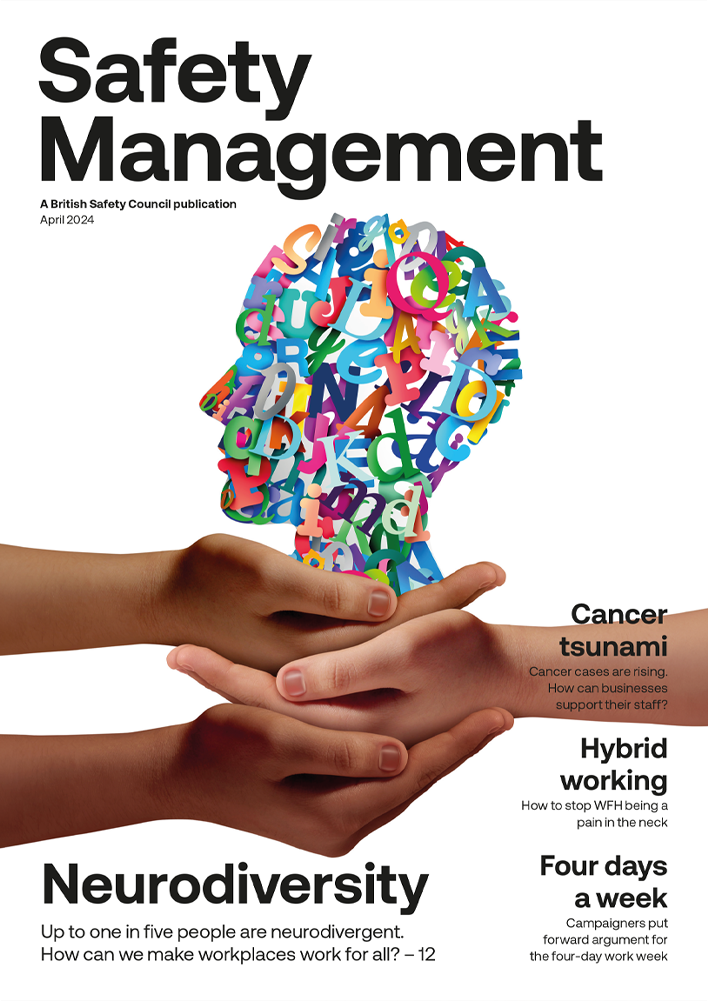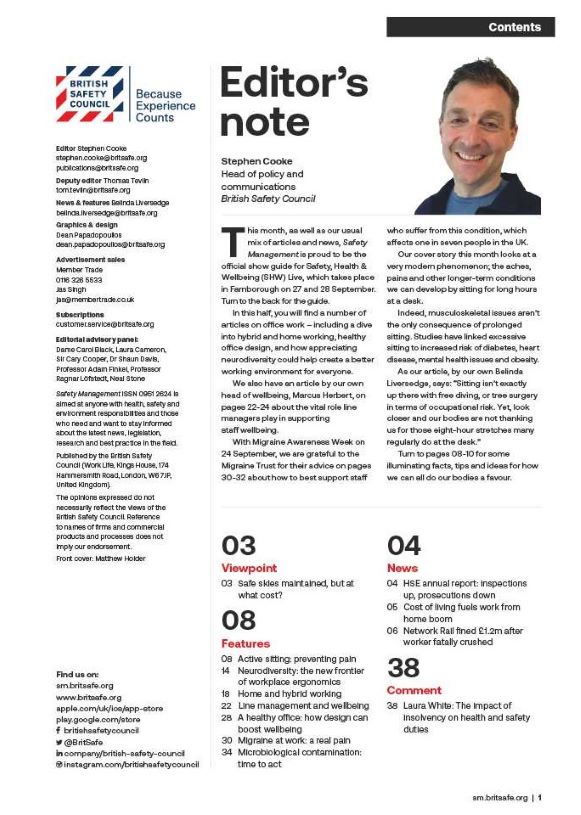The odds of being diagnosed with common mental health disorders are greater for people living in polluted areas, even when factors like socioeconomic deprivation have been accounted for, a new report has cited.
News
Evidence grows for air pollution link to poor mental health
Looking at more than 35,000 studies written over the past 10 years, the report from Imperial College London draws on this and other studies to show the mounting evidence for the ill health impacts of air pollution.
Although the impacts on life expectancy have been known for decades, say the authors, newer evidence points to problems not considered in previous health impact assessments.
 The odds of being diagnosed with common mental health disorders are greater for people living in polluted areas. Photograph: iStock
The odds of being diagnosed with common mental health disorders are greater for people living in polluted areas. Photograph: iStock
The most important new finding includes evidence related to air pollution's impacts on brain health, including mental health and dementia, it adds.
“While headline figures on the health impact of air pollution focus on the equivalent number of premature deaths, the wider impacts are hiding in plain sight in the contribution of air pollution to the burden of chronic diseases,” says the report.
“These affect our quality of life and have a large cost to society through additional health and social care costs, as well our ability to learn, work and contribute to society.”
Nearly 60,000 studies on the health impacts of air pollution are available, with over half of these being published in the last ten years.
The new evidence highlighted on mental health links to air pollution co-incides with the announcement of this year’s Clean Air Day theme which is ‘Clean up our air to look after your mind’.
On 15 June, it will be the seventh year since the campaign has run and seven years since the seminal Royal College of Physicians (RCP) report Every breath we take: the lifelong impact of air pollution was published.
In that time, researchers are beginning to understand how air pollution can affect the brain and the mind, including its links to depression, anxiety and dementia, says the group behind the awareness day, Global Action Plan.
Larissa Lockwood, Director of Clean Air at Global Action Plan, said: “This year’s theme draws attention to the growing evidence base that shows air pollution can impact our mind and brain health. By taking clean air action on 15 June and every day, we are improving our air quality and reducing our risk of developing mental health and brain conditions.”
Imperial College London, Impacts of air pollution across the life course – evidence highlight note: here
NEWS

Climate change could expose 70 per cent of workers to health risks, warns UN
By Kerry Reals on 22 April 2024
More than 70 per cent of the global workforce could be exposed to serious health hazards because of climate change, and existing occupational health and safety legislation may not be sufficient to protect workers, according to a new report by the International Labour Organization (ILO).

Calls for wellbeing focus intensify as UK economic inactivity rate rises further
By Kerry Reals on 16 April 2024
The number of working-age people in the UK who are neither employed nor looking for a job rose again in the December to February period, prompting calls for more investment in training and a greater focus on the health and wellbeing of the nation.

Water workers abused and assaulted as public anger about sewage leaks rises: GMB
By Kerry Reals on 16 April 2024
More than a third of water workers in the UK have been verbally abused at work by members of the public in the last 12 months, with just over half attributing the rise in abuse to reports of sewage being dumped, according to a recent survey carried out by the GMB union.



